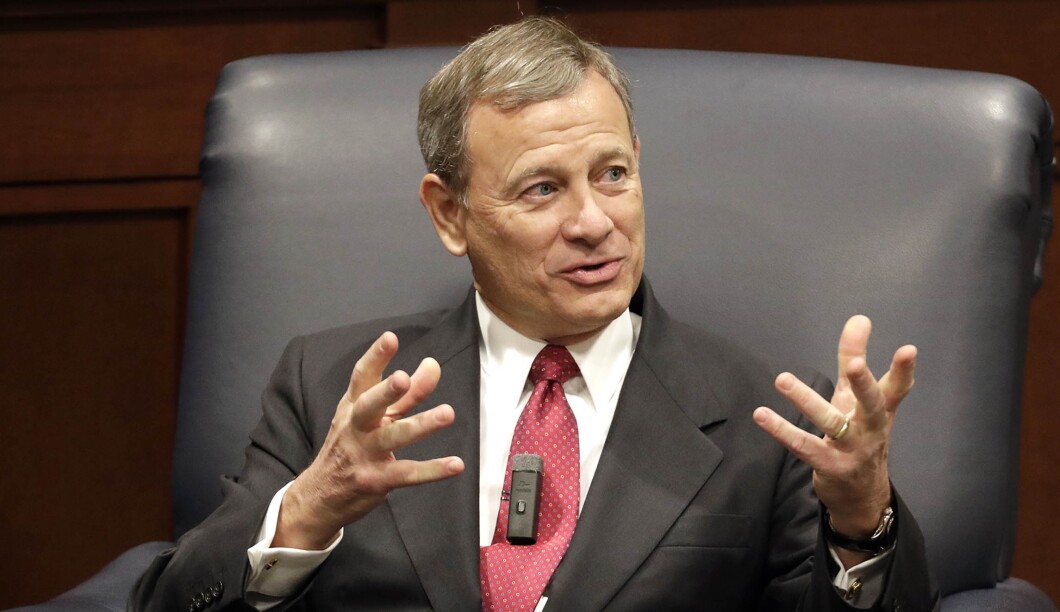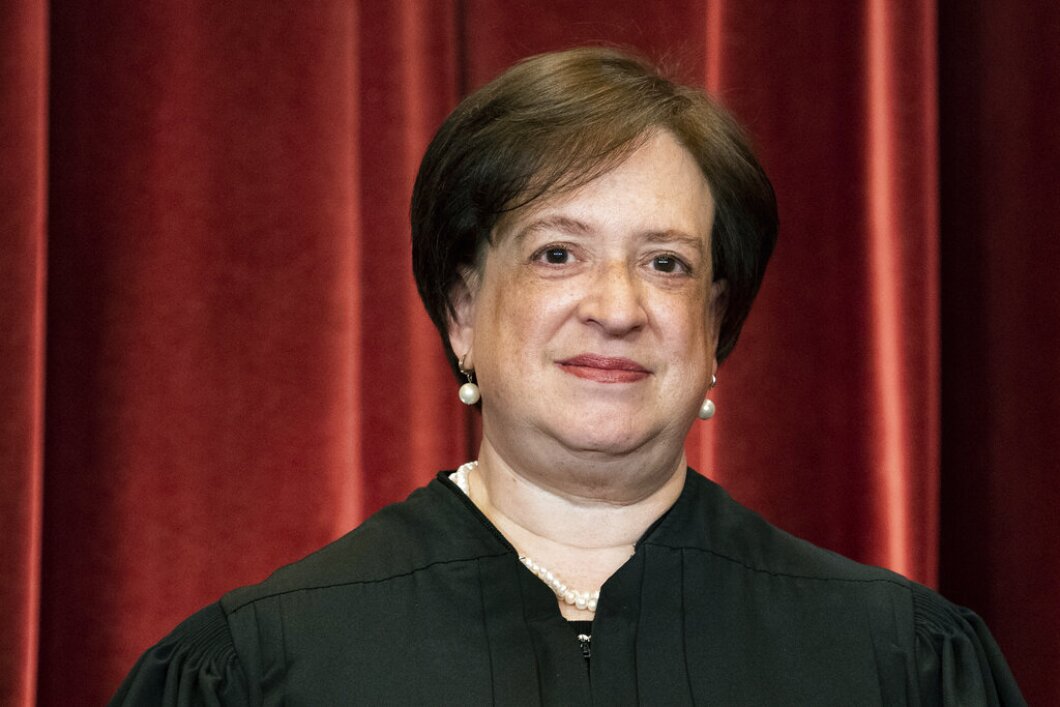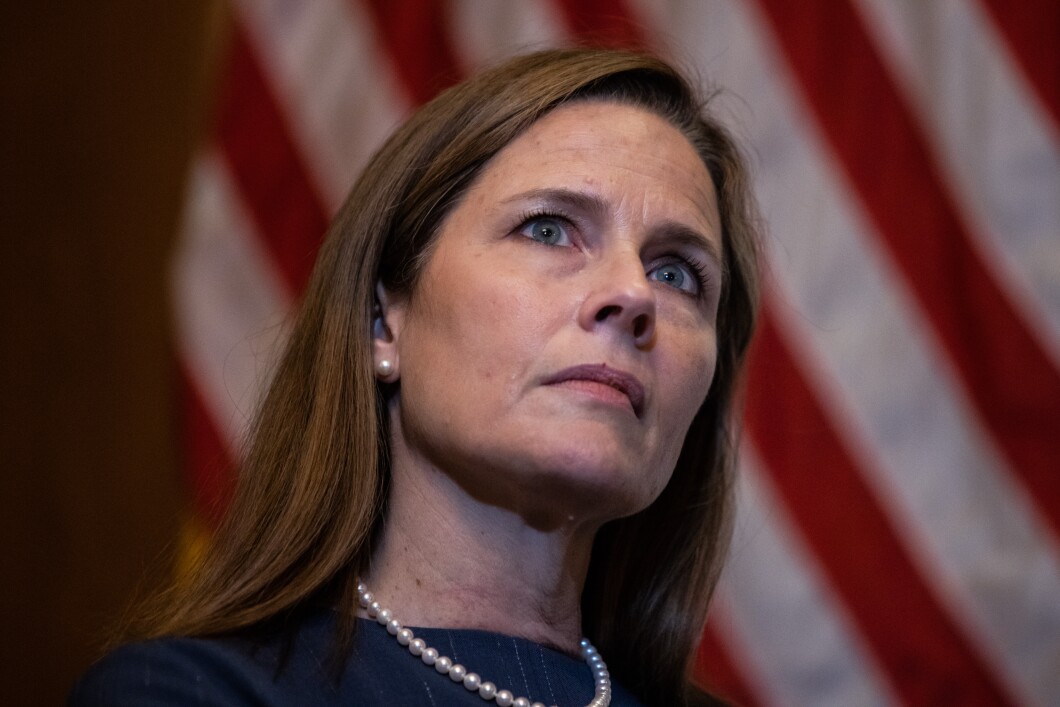
The Supreme Court relied in part on the legal rule known as the “major questions doctrine” to thwart President Joe Biden’s $430 billion student loan forgiveness plan.
In a major blow to the Biden administration, the 6-3 majority led by Chief Justice John Roberts ruled that loan forgiveness superseded the secretary of education’s legal authority to “waive or modify” any provision of the relevant law when deemed necessary in response to the COVID-19 pandemic.
CALIFORNIA REPARATIONS: WHAT NEWSOM HAS SAID AHEAD OF TASK FORCE’S FINAL PROPOSAL

For Roberts to reach that conclusion in Biden v. Nebraska, he relied in part on the same major questions doctrine that was used last year in the case West Virginia v. EPA, which limited the Environmental Protection Agency’s ability to regulate carbon dioxide emissions under the Clean Air Act.
Harvard Law School professor Noah Feldman wrote the major questions doctrine “gave Roberts more ammunition to strike down the loan forgiveness program,” according to an analysis he authored on Friday.
“Under that doctrine, the basic idea is that if the executive branch does something the court considers really big and really new, then the court will look to see if Congress really authorized it. Absent clear congressional authority, the court will strike it down,” Feldman wrote.

But in Justice Elena Kagan‘s dissent, she wrote that the major questions doctrine is a “made-up” legal principle devised to give the justices the power to overturn executive action that the majority disagrees with.
“The opinion ends by applying the Court’s made-up major question doctrine to jettison the Secretary’s loan forgiveness plan. Small wonder the majority invokes the doctrine,” Kagan wrote.
Roberts emphasized in his opinion that he didn’t think the major questions doctrine was necessary to reach the result of the majority opinion, a point that Justice Amy Coney Barrett touched on in her concurrence.

“The major questions doctrine reinforces [our] conclusion but is not necessary to it,” Barrett wrote.
Barrett “stresses the important point that ordinary principles of statutory interpretation confirm the Court’s result,” Case Western Reserve University Law School professor Jonathan Adler said, adding, “The ‘major questions’ doctrine reaffirms the correctness of the Court’s decision, but is not necessary for it.”
Thomas Berry, a research fellow at the Cato Institute, told the Washington Examiner that the incorporation of the major questions doctrine in the majority opinion is the “real point of dispute between the majority and the dissenting opinion.”
“Justice Kagan basically says: I don’t buy that because if they were really confident, they didn’t need to resort to the major questions doctrine — they would have just ended the opinion without discussing it,” Berry said, explaining her dissent.
Utilizing the major questions doctrine “makes the point that this is similar to a lot of major questions doctrine cases they’d had in the past,” Berry said, adding that even if the case would have been a “closer call,” the overall outcome likely would have been the same.
The high court has for years been slowly clawing back agency authority based on vague statutory interpretations of federal law, especially since former President Donald Trump cemented the 6-3 Republican-appointed majority in 2020.
It was retired liberal Justice Stephen Breyer who coined the phrase “major questions” in a law review article in 1986. When he joined the court in 1994, he dissented in several major questions cases and was critical of the doctrine’s expansion.
In their forthcoming fall term, the justices will weigh a case involving fishermen that could ultimately result in a blow to another legal principle known as the “Chevron doctrine,” a precedent devised after the 1984 Chevron v. Natural Resources Defense Council case that calls on courts to defer to federal agencies’ interpretation over the federal laws they enforce.
CLICK HERE TO READ MORE FROM THE WASHINGTON EXAMINER
“This is setting the stage for overruling the Chevron decision,” Roger Severino, vice president of domestic policy at the Heritage Foundation, told the Washington Examiner on Friday after the majority shut down Biden’s costly student debt relief plan.
Comparing the Supreme Court to a “train” bound to overturn the Chevron doctrine, Severino said “it is far down the track, and it is very close to arriving at its final destination.”




